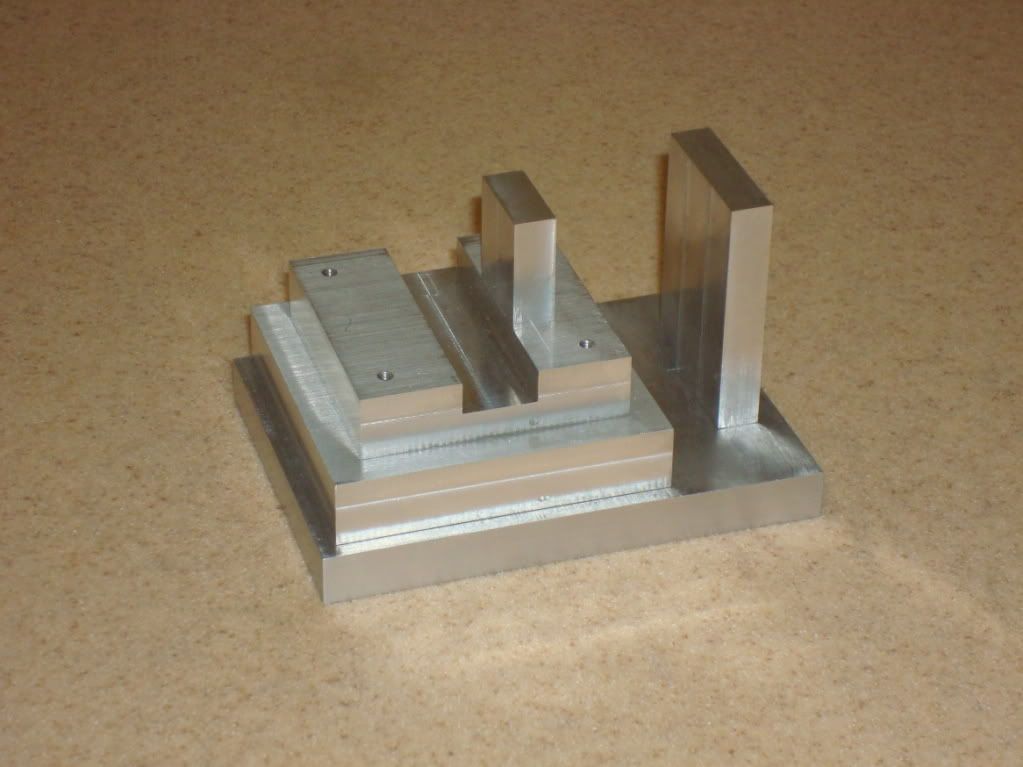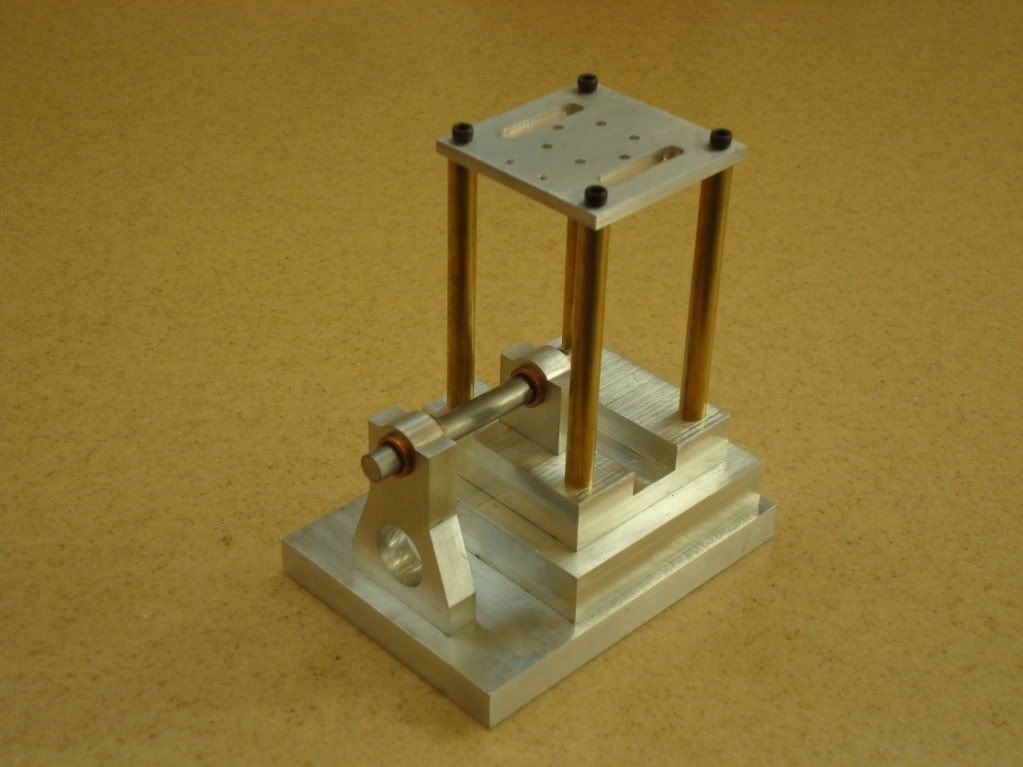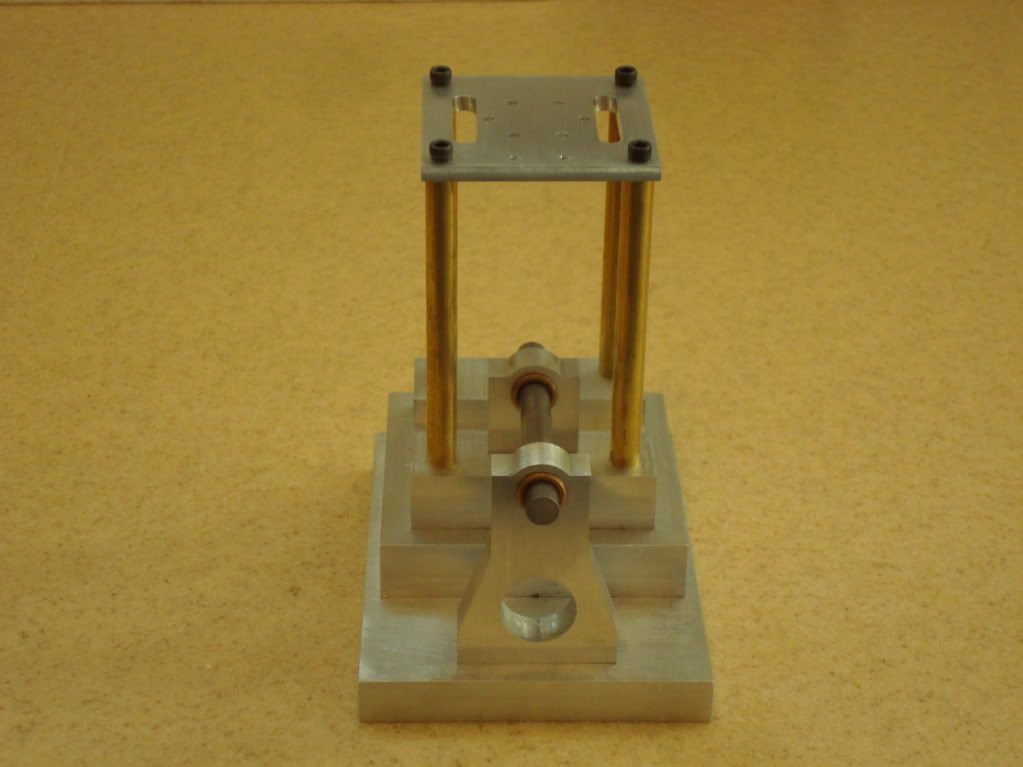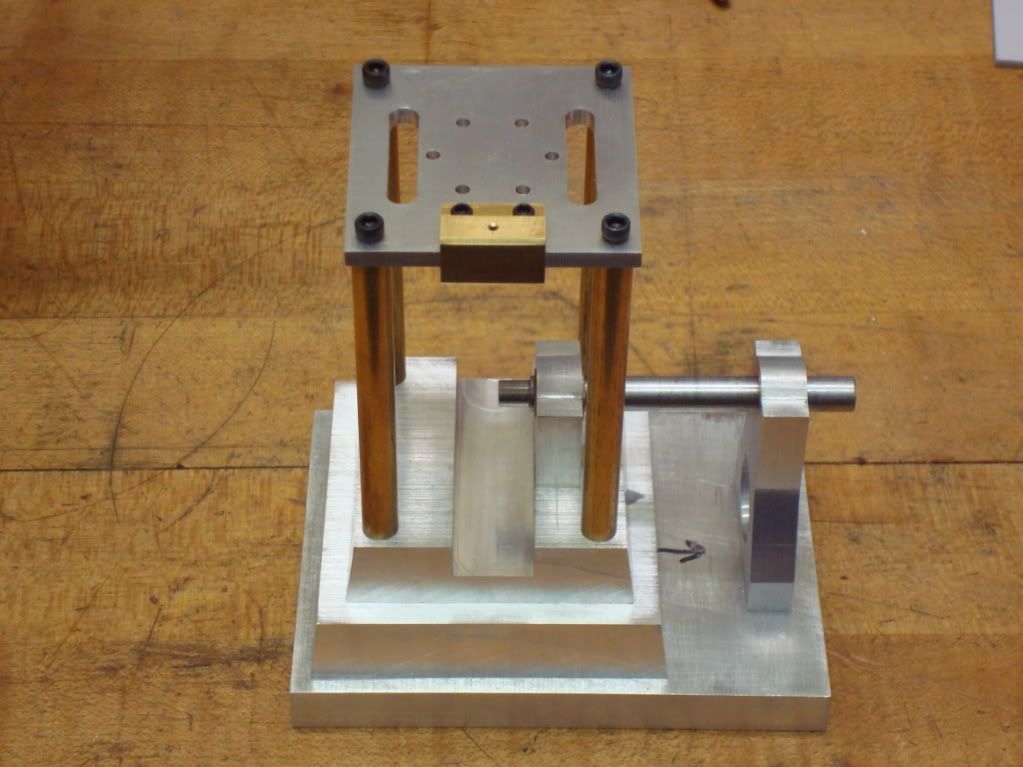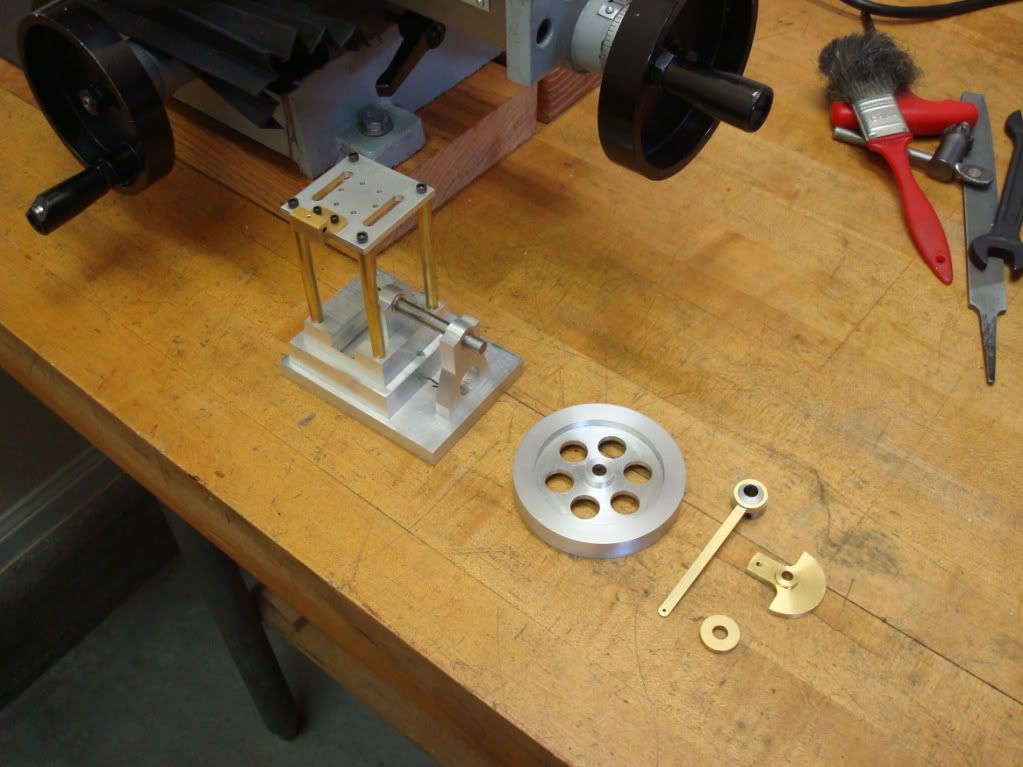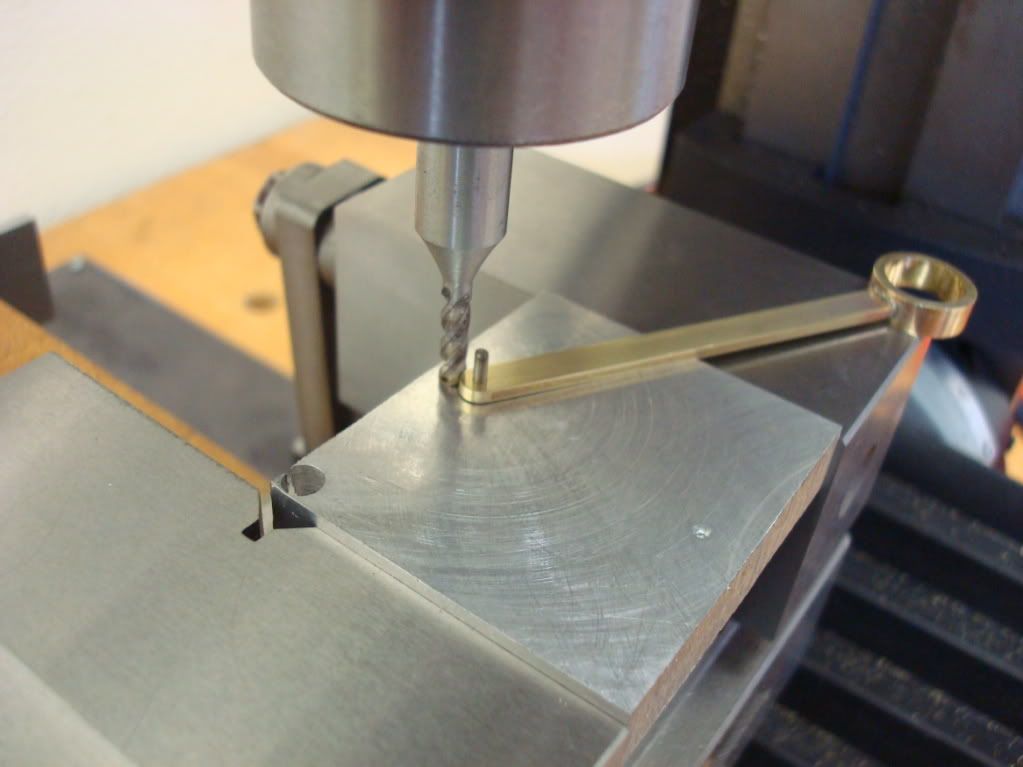I have used a small lathe for the last 2 years and have just purchased a milling machine (Micro-Lux R8). If all goes well with this engine I hope to build a Twin Cylinder Marine Engine for an RC Boat. I plan on building the Mine Engine according to the plans, however I did make the base plate a little wider and higher. I will most likely have lots of questions, so please add you advice.
I have started at the bottom and will work my way up. All the base plates are milled to size.
Ed
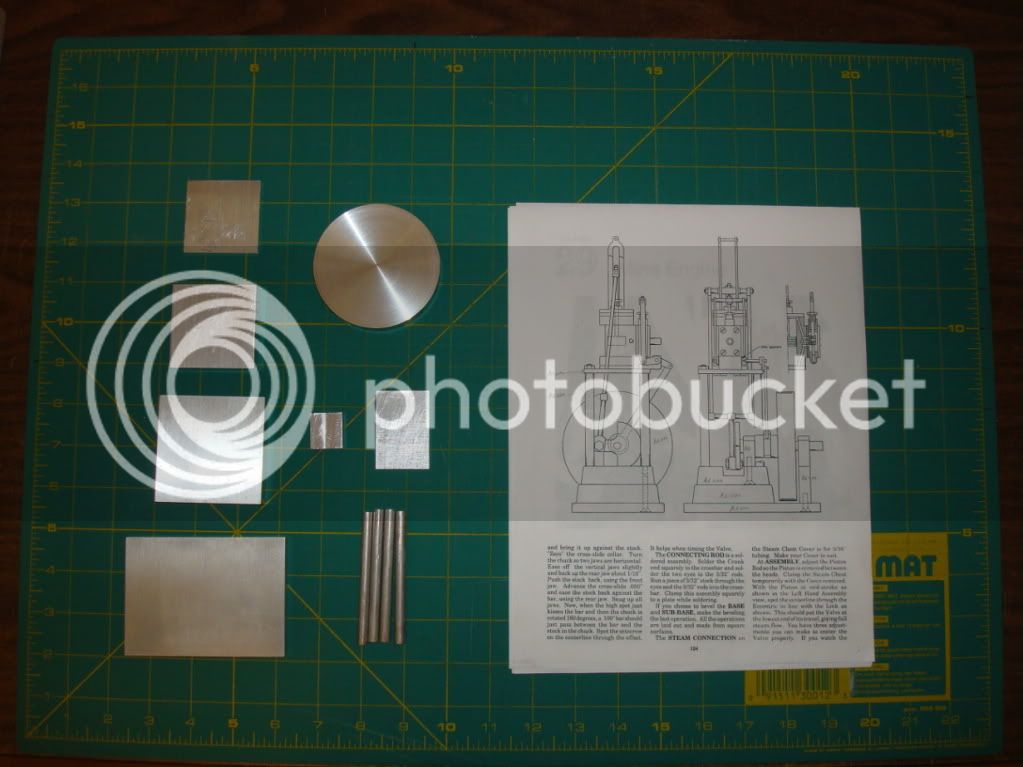
I have started at the bottom and will work my way up. All the base plates are milled to size.
Ed






